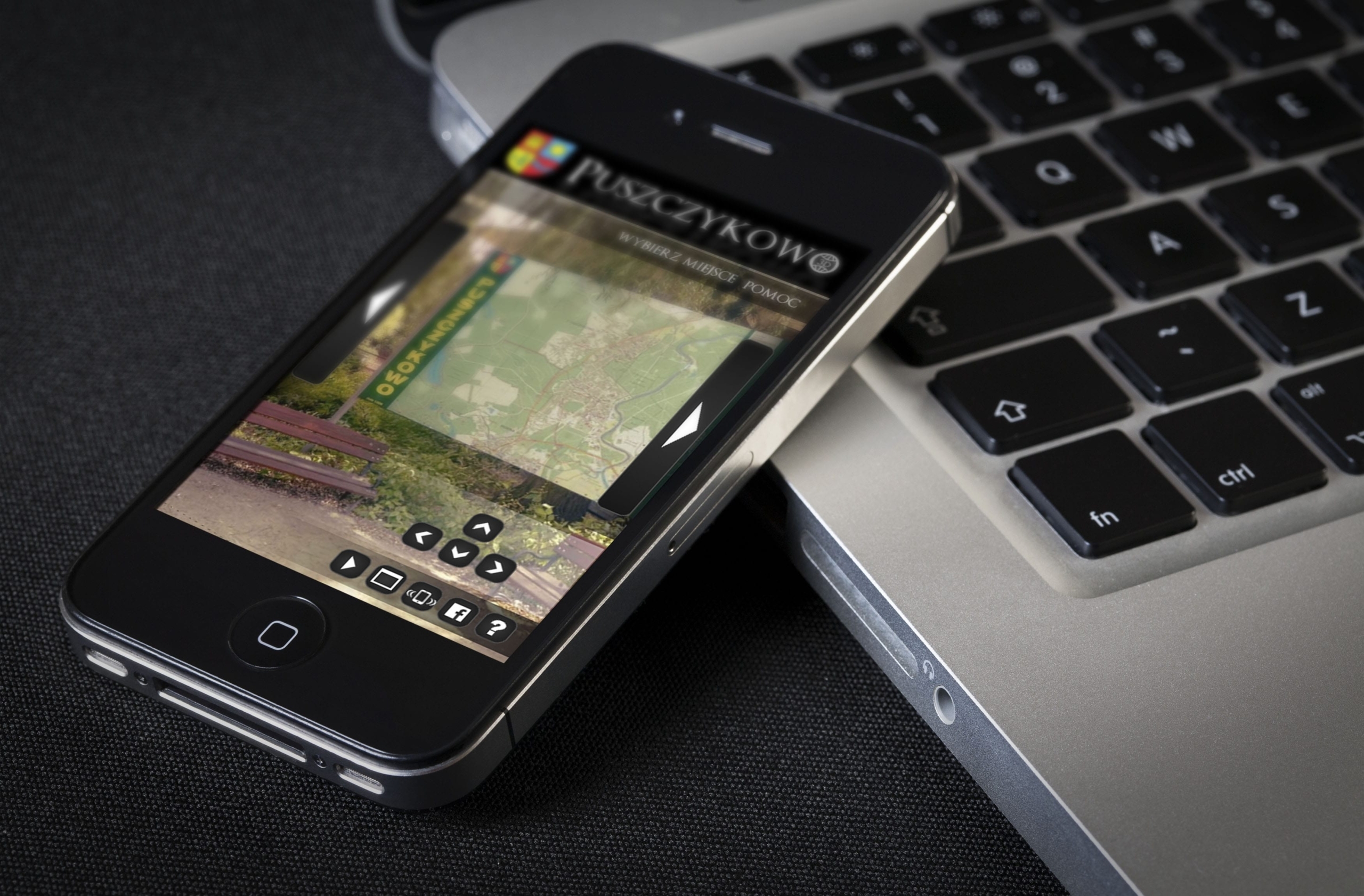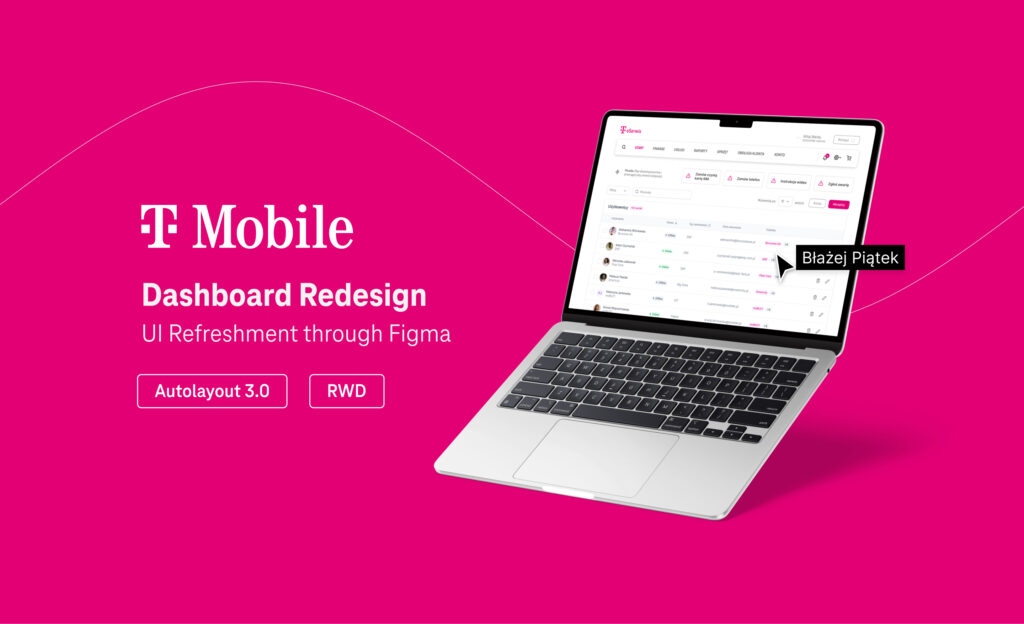In today’s rapidly evolving digital landscape, mobile apps have become indispensable for businesses and individuals alike. Whether you’re an entrepreneur looking to launch your own app or a designer seeking to create stunning user experiences (UX) and user interfaces (UI), you no longer need to be a coding wizard to bring your vision to life. Thanks to the proliferation of no-code tools, crafting mobile apps has never been more accessible. In this article, we’ll explore some of the most popular no-code tools that empower UX and UI designers to create mobile apps without coding skills.
1. Adalo
Adalo is a popular no-code platform known for its versatility and user-friendly approach to app development. It’s an excellent choice for both beginners and experienced designers.
ADALO 2.0 IS HERE
Now you can create one app & publish it to any device size — mobile, tablet, & desktop.
Our drag-and-drop interface allows you to design unconstrained so what you see is truly what you get.
Build once, publish everywhere!#ResponsiveDesign pic.twitter.com/PTTSTEjtnW
— Adalo✨ (@AdaloHQ) April 21, 2023
Here are some key features:
- Drag-and-Drop Interface: Adalo’s intuitive drag-and-drop interface allows designers to create app interfaces effortlessly. You can design screens, add elements, and customize them to your liking without any coding.
- Database Integration: The platform offers robust database capabilities, enabling you to create and manage data collections easily. You can define data relationships, set up user authentication, and build dynamic apps with real-time data.
- Custom Logic: Adalo provides a no-code logic builder that allows you to add custom behaviors to your app. You can create complex workflows, automate tasks, and respond to user interactions without writing code.
- Publish to App Stores: Once your app is ready, Adalo lets you publish it to app stores, including iOS and Android, without the need for coding. This makes it a one-stop solution for designing, building, and distributing mobile apps.
2. Bubble
Bubble is a powerful no-code platform that stands out for its flexibility and ability to handle complex app development. It’s an excellent choice for designers looking to create web and mobile applications with advanced features.
NuShift is revolutionizing enterprise data with an app built on Bubble — and @msft4startups Founders’ Hub in their corner. Read more on the Showcase about how they're using #AI to save saving teams time — and money — spent searching for files https://t.co/NliVVW48Du
— Bubble (@bubble) July 12, 2023
- Visual Development: Bubble’s visual development environment allows you to design both the front-end and back-end of your app. You can create responsive web and mobile app interfaces with ease.
- Database and API Integration: Bubble offers robust database capabilities and the ability to integrate with external APIs. This makes it suitable for building data-intensive applications and connecting to external services.
- Workflow Editor: The platform’s workflow editor lets you define complex app logic. You can create workflows that respond to user actions, automate processes, and build interactive features without coding.
- Custom Plugins: Bubble supports the creation of custom plugins, enabling you to extend the platform’s functionality. If you need a specific feature that’s not available out of the box, you can build or integrate plugins to meet your requirements.
3. Thunkable
Thunkable is a no-code platform designed to simplify mobile app development for iOS and Android. It’s particularly suitable for designers looking to create mobile apps with a visual, block-based approach.
“When I realized Thunkable existed, I was like, ‘oh this is a lot easier, a lot more streamlined.’ So I quickly switched over to Thunkable.” – @carlin_mclellan , Founder of @toocanmusic pic.twitter.com/9LVuNa2oMf
— thunkable (@thunkable) April 5, 2023
- Drag-and-Drop Interface: Thunkable’s interface is based on blocks, making it easy to create app logic visually. You can drag and connect blocks to define the behavior of your app, making it accessible for non-developers.
- Cross-Platform Development: With Thunkable, you can develop apps for both iOS and Android simultaneously, saving time and effort. It streamlines the app creation process and ensures a consistent experience across platforms.
- Templates and Components: Thunkable offers a range of templates and pre-built components that you can customize to match your app’s design and functionality. This speeds up the development process.
- Third-Party Integrations: You can easily integrate third-party services and APIs into your Thunkable app, allowing you to add features like geolocation, notifications, and authentication.
4. Appy Pie
Bring your website to next level with a seamless transition to a functional mobile app! Upgrade your user experience & expand your reach. Let's convert your website into app today!https://t.co/1vSXfVRp61#ai #artificialintelligence #nocode #nocoding #webtoapp #websitetoapp pic.twitter.com/nVFh4hlbTj
— Appy Pie (@AppyPieInc) September 6, 2023
Appy Pie is a versatile no-code platform that provides a range of solutions, including a mobile app builder. It’s an ideal choice for designers looking to create mobile apps quickly and easily:
- Template-Based Design: Appy Pie offers a library of templates to kickstart your app design. You can choose a template that suits your project and customize it to match your brand.
- No-Code Interface: The platform’s no-code interface allows you to design app screens, add elements, and configure settings without any coding knowledge. It’s designed to be user-friendly.
- App Integration: Appy Pie supports integration with various third-party services, making it adaptable to different app ideas. You can connect your app to social media, payment gateways, and more.
- Cross-Platform Publishing: Once your app is ready, you can publish it to both iOS and Android app stores. Appy Pie simplifies the submission process, making it accessible for non-technical users.
These four no-code tools—Adalo, Bubble, Thunkable, and Appy Pie—offer unique features and capabilities to cater to the diverse needs of UX and UI designers. Depending on your project requirements and preferences, you can choose the tool that aligns best with your vision and design goals. But there is more!
5. Glide
Glide is a no-code platform that stands out for its simplicity and ease of use, particularly when it comes to creating mobile apps with data-driven functionality: Glide is an excellent choice for creating mobile apps with data-driven functionality. Designers can turn Google Sheets into interactive apps, complete with forms, user profiles, and more. It’s a handy tool for rapid prototyping.
Engineering at Glide has been busy shipping new features that make your apps more powerful, intuitive, and connected to your business.
Check out everything we've released over these past few months pic.twitter.com/b7l9W4lSzj
— Glide (@glideapps) September 21, 2023
- Google Sheets Integration: Glide specializes in turning Google Sheets into interactive mobile apps. Designers can create databases in Google Sheets and use Glide’s interface to design the app and define how data is displayed and interacted with.
- Form Building: Glide allows designers to build forms, collect user data, and store it in Google Sheets. This is particularly useful for creating apps that involve data collection, surveys, or user-generated content.
- User Profiles: You can easily create user profiles within Glide apps. This is useful for apps that require user registration, personalization, or social features.
- Templates: Glide offers templates for various app categories, making it easy to get started on your project. You can customize these templates to match your design and functionality requirements.
- Rapid Prototyping: Glide is excellent for rapid prototyping. Designers can quickly create app prototypes, gather feedback, and iterate on their designs without the need for extensive development work.
6. Dorik
Dorik is a website and app builder that emphasizes simplicity and aesthetics. UX and UI designers can create visually stunning mobile apps with ease using its drag-and-drop interface and customizable components.
Agency Owners
The Whitelabel Documentation is finally here!Aid your clients with a rich library of articles to help them use the product…of course under your brand! pic.twitter.com/8EKTNHsyCJ
— Dorik.com (@dorik_io) September 27, 2023
These no-code tools empower UX and UI designers to turn their app ideas into reality, regardless of their coding skills. With these platforms, you can focus on perfecting the user experience and crafting beautiful interfaces without getting bogged down in programming details.
In the world of no-code, your creativity is the only limit. These tools empower you to bring your mobile app vision to life, making the app development process more accessible and enjoyable for UX and UI designers. Happy designing!








